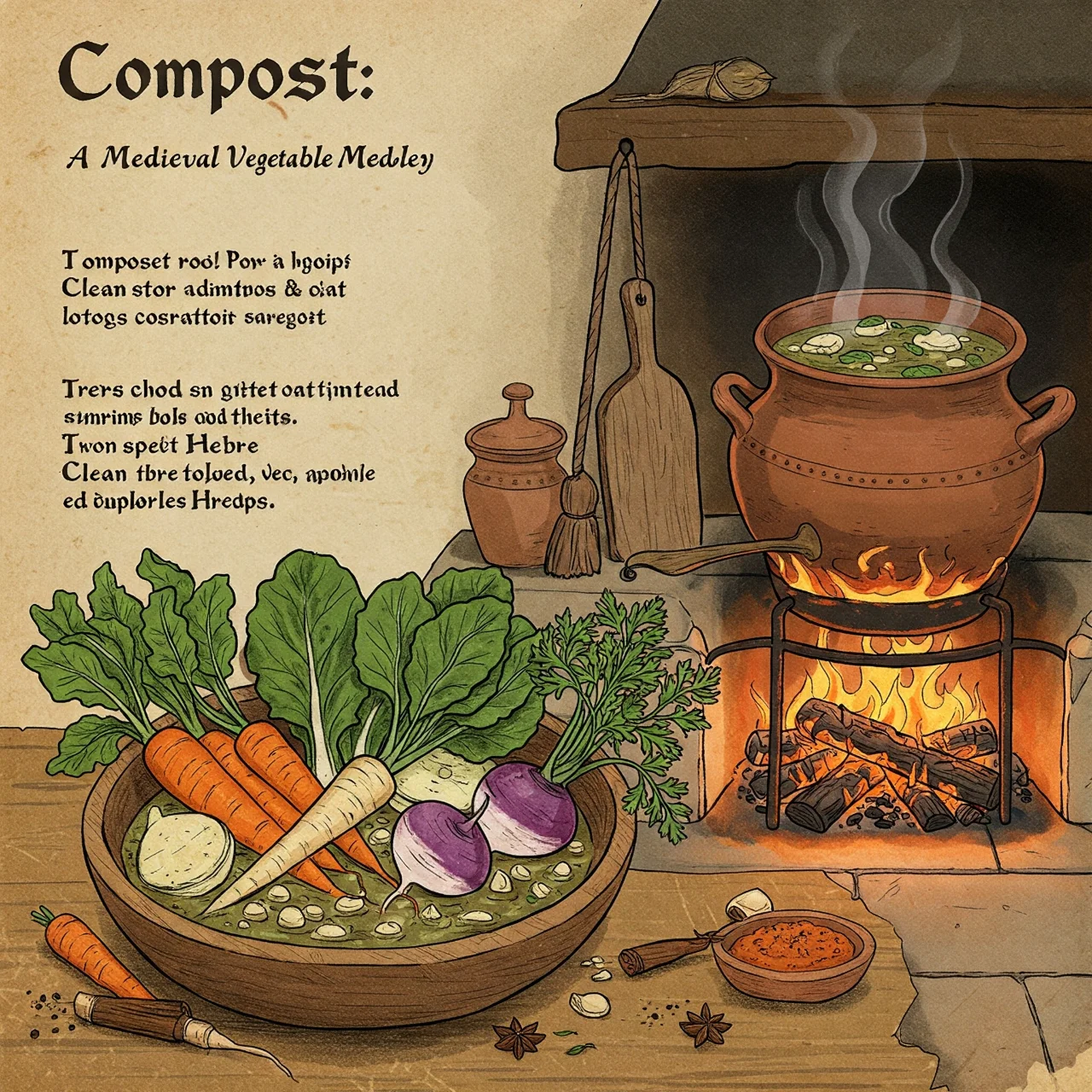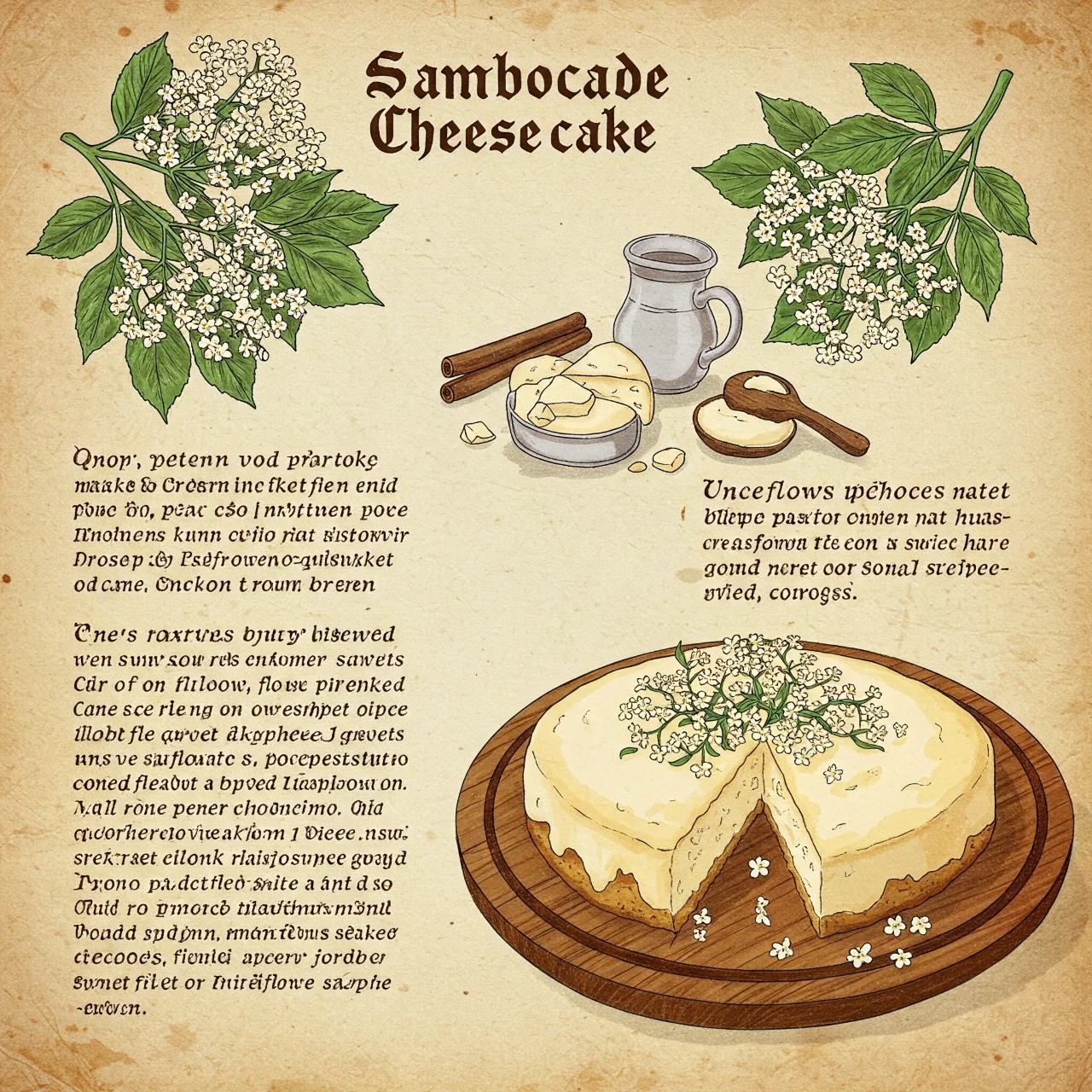10 Forgotten Medieval Recipes That Are Surprisingly Delicious - ListsLook

Introduction: A Medieval Feast for Modern Palates
Forget bland stereotypes! Medieval food was far more diverse and flavorful than you might imagine. While history books focus on kings and battles, everyday people in the Middle Ages enjoyed a rich culinary landscape, brimming with spices, herbs, and surprisingly sophisticated techniques. Many of these recipes, however, have been lost to time… until now!
ListsLook is thrilled to present 10 forgotten medieval recipes that are not only historically fascinating but also genuinely delicious. Prepare to be amazed as we journey back to the banquets and kitchens of the Middle Ages, uncovering flavors that deserve a place on your modern table. Get ready to cook like a king (or a commoner!) with these incredible historical eats!
1. Mortrewes: Chicken and Almond Stew

Imagine a creamy, comforting chicken stew, subtly spiced and enriched with almonds. That's Mortrewes, a popular medieval dish often served to the sick or convalescing due to its easily digestible and nourishing nature. Chicken is simmered until tender with ground almonds, rice flour for thickening, and a delicate blend of spices like ginger, mace, and saffron.
The result is a velvety smooth stew, fragrant and flavorful, surprisingly light yet satisfying. Mortrewes offers a taste of medieval comfort food that's perfect for a chilly evening and a delicious way to experience historical flavors. [Source: Gode Cookery - http://www.godecookery.com/goderec/grec19.htm]
2. Compost: A Medieval Vegetable Medley

Vegetables were a staple in the medieval diet, and Compost was a delightful way to showcase them. This wasn't your bland boiled veggies! Compost was a medley of root vegetables like carrots, parsnips, and turnips, often combined with cabbage or onions, all cooked in flavorful broth or ale. Spices and herbs such as parsley, hyssop, and sometimes even dried fruits added depth and complexity.
Compost demonstrates the medieval appreciation for fresh, seasonal produce and their skill in transforming simple ingredients into a flavorful and nutritious dish. It’s a fantastic way to enjoy a taste of medieval vegetarian cuisine. [Source: Medieval Cookery - http://www.medievalcookery.com/recipes/compost.html]
3. Tart de Brymlent: Leek and Cheese Tart
Move over quiche! Tart de Brymlent is a medieval leek and cheese tart that’s every bit as satisfying as its modern counterparts. A simple pastry crust cradles a savory filling of sautéed leeks, rich cheese (often a hard cheese like Cheshire or Parmesan), and eggs to bind it all together. Seasoned with pepper and sometimes herbs, this tart was a popular dish for both everyday meals and feasts.
Tart de Brymlent highlights the medieval love of savory pastries and offers a glimpse into their sophisticated understanding of flavor combinations. It's a surprisingly elegant and easy-to-make dish for today's cooks. [Source: Stefan's Florilegium - http://www.florilegium.org/files/FOOD-MEDIEVAL/Tartys-Brymlent-art.html]
4. Blancmange: Chicken and Rice Pudding (Savory!)

Prepare to have your pudding preconceptions challenged! Medieval Blancmange was not a sweet dessert, but a savory dish featuring chicken and rice. Chicken was shredded and combined with rice flour, almond milk (or cow's milk), and sugar (used as a spice, not just sweetener!). Often flavored with rosewater or ginger, Blancmange was prized for its delicate flavor and smooth texture.
This dish, surprisingly sophisticated for its time, reveals the nuanced use of spices and the medieval palate's appreciation for subtle savory-sweet combinations. It’s a fascinating and flavorful dish to explore. [Source: The British Library - https://www.bl.uk/britishlibrary/~/media/bl/global/middle-ages/pdf%20for%20web/blancmange.pdf]
5. Frumenty: Wheat Berry Porridge

A humble yet hearty staple, Frumenty was a medieval porridge made from cracked wheat berries. Simmered in water or milk until tender, it was a versatile dish, enjoyed by all social classes. For the wealthy, Frumenty could be enriched with almond milk, saffron, and spices, becoming a creamy and luxurious dish. Poorer versions were simpler, perhaps seasoned with just salt or herbs.
Frumenty demonstrates the importance of grains in the medieval diet and how resourceful cooks could create satisfying and adaptable meals from basic ingredients. It’s a comforting and wholesome dish with deep historical roots. [Source: Larousse Gastronomique (Modern Version Recipe - Medieval versions are simpler)]
6. Payn Ragoun: Pork and Apple Fritters

Who could resist a crispy fritter? Payn Ragoun were medieval pork and apple fritters, a delightful combination of savory and sweet. Minced pork and grated apple were combined with spices, formed into small patties, dipped in batter, and fried until golden brown. Often served with a dipping sauce, these fritters were a popular treat at feasts and fairs.
Payn Ragoun showcases the medieval enjoyment of fried foods and their innovative use of fruit in savory dishes. They’re a fun and flavorful appetizer that’s sure to impress modern palates. [Source: Medieval Recipes - http://www.medievalrecipes.co.uk/recipes/paynragoun.html]
7. Sambocade: Elderflower Cheesecake

Medieval cheesecakes? Absolutely! Sambocade was a creamy, fragrant cheesecake flavored with elderflowers, a popular medieval ingredient. A soft cheese (like fresh curd cheese or ricotta) was mixed with eggs, almond milk, sugar, and elderflower water or syrup, then baked in a pastry crust. The result was a delicate and aromatic dessert, far lighter than modern cheesecakes.
Sambocade reveals the medieval love of floral flavors and their ability to create sophisticated desserts with simple ingredients. It’s a surprisingly refreshing and elegant sweet treat. [Source: Medieval Food Experience - https://medievalfoodexperience.com/2014/05/11/sambocade-a-medieval-elderflower-cheesecake/]
8. Gingerbread (Medieval Style!)

Forget the gingerbread men! Medieval gingerbread was a denser, spicier treat, closer to a cake or fudge than a cookie. Made with breadcrumbs, honey or treacle, and a generous amount of ginger and other warm spices like cinnamon and cloves, it was often pressed into molds to create decorative shapes.
Medieval gingerbread was a festive treat, enjoyed during holidays and celebrations. This recipe offers a taste of authentic historical gingerbread, far more intensely flavored and satisfying than modern versions. It’s a perfect spiced treat for any occasion. [Source: History.com - https://www.history.com/news/gingerbread-man-history]
9. Appletons: Baked Apples with Saffron

Simple yet elegant, Appletons were baked apples elevated with saffron, a prized medieval spice. Apples were cored and stuffed with a mixture of dried fruits, spices, and sometimes nuts, then baked until tender and infused with saffron's golden hue and unique flavor.
Appletons were a delightful dessert, showcasing the medieval appreciation for fruit and their skillful use of spices to enhance even the simplest dishes. They offer a warm and comforting taste of medieval dessert that’s easy to recreate today. [Source: Food in the Middle Ages - http://www.foodinthemiddleages.co.uk/appletons.html]
10. Hypocras: Spiced Wine

No medieval feast was complete without Hypocras, a spiced wine that was believed to aid digestion and warm the spirits. Red wine was infused with a blend of spices like cinnamon, cloves, ginger, and long pepper, then sweetened with honey or sugar and filtered.
Served warm or cold, Hypocras was a flavorful and aromatic drink enjoyed by all social classes. This spiced wine recipe offers a taste of authentic medieval beverages and is a perfect way to add a historical touch to your next gathering. Enjoy responsibly! [Source: Daniel Myers - http://www.personal.psu.edu/jxm57/courses/Hist400/Recipes/Hypocras.html]
Conclusion: Rediscovering Culinary Treasures
These 10 forgotten medieval recipes are just a glimpse into the rich and diverse culinary world of the Middle Ages. By exploring these historical dishes, we gain a deeper appreciation for the ingenuity and resourcefulness of medieval cooks, and discover that delicious flavors can transcend centuries.
So, step into your kitchen, embrace your inner medieval chef, and enjoy the surprisingly amazing tastes of the past! Visit ListsLook again for more delicious dives into history and food!
Comments
Loading comments...